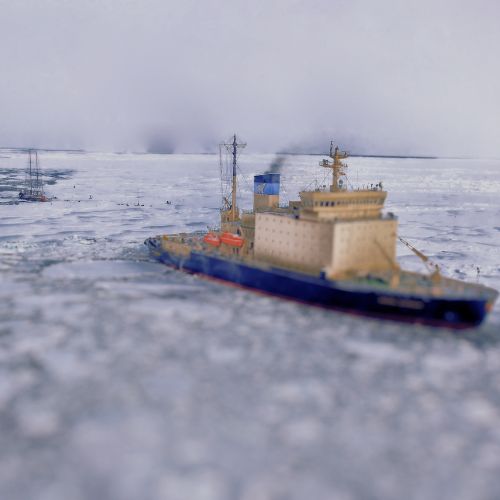Body Temperature and Heat Loss
A diver working in cold water experiences a continuous heat loss. One of the functions of a diving suit is to reduce this. Humans function effectively over only a narrow range of body temperature around a normal level of 37°C. This is maintained by the body’s thermoregulatory mechanisms and behavior – clothes, heating, cold drinks etc. The metabolism of the body generates enough heat to warm 2 liters of ice-cold water up to body temperature every hour. During short periods of heavy work up to 10 times as much heat can be generated. Unless this heat is lost, the body temperature will increase. Small increases may occur without ill effect. However, once the temperature reaches about 41°C cells become injured and serious illness can result.

The body loses excess heat in several ways. A small amount of heat is lost in the breath. More heat may be lost through the skin by conduction, convection, radiation and evaporation (sweating). This last mechanism is particularly important, since the rate of heat loss can be regulated. If the body is working hard, the blood vessels nearest the skin dilate to allow more blood to reach the surface and the sweat glands increase their activity to promote evaporative heat loss. A hot and humid atmosphere reduces the effectiveness of most of these mechanisms and so limits the safe maximum workload, which can be undertaken.
Heat regulation is particularly difficult for a diver. In warm tropical waters (temperature greater than about 32°C) the cooling systems of the body become ineffective and a working diver may develop heat exhaustion. Equally, the high thermal conductivity of water may cause excessive heat loss when a diver is working in cold water. A sudden drop in skin temperature such as on entry into the water or the influx of cold water into a diving suit can result in a profound physiological response. An unprotected person plunged into very cold water will experience an immediate increase in pulse rate and blood pressure and a period of rapid, gasping breathing. Even competent swimmers may be unable to co-ordinate breathing and swimming movements and will inhale water. The rapid pulse and high blood response may result in circulatory failure in unfit people.

Immersion in water at 33°C will result in no net heat loss or gain from the body so- called thermo-neutral immersion. Immersion in water below about 23°C will soon result in the unprotected diver becoming chilled. Discomfort is followed by involuntary muscular contraction to produce heat – shivering. As cooling continues, a diver’s ability to perform useful work becomes seriously impaired. Manual dexterity is reduced and the sense of touch is dulled. As shivering intensifies it brings on a general lack of co-ordination such that it may be difficult to keep a mouthpiece in place. With further cooling the ability to concentrate and think clearly is soon lost. At this stage a diver could easily make a fatal mistake.
Effects of Cold Water Immersion: Chilling Shivering, and Dangers of Hypothermia
In cold water or after prolonged immersion in cool water, heat loss can reach a point at which death occurs. In water at 6°C an unclothed person of average build will become helpless within 30 minutes and will probably die within an hour. An appropriately dressed diver, however, can work in very cold water for prolonged periods of time. The ability of the body to tolerate cold environments is due to natural insulation and the body’s built-in means of heat regulation. Body temperature is not uniform throughout. There is an inner core of nearly constant temperature, and a superficial region through which a temperature gradient exists from the core to the surface. Over the trunk of an average body the thickness of the superficial layer is about 2.5 cm. The limbs become part of this superficial layer when their blood flow is reduced.
Once in the water, people are largely dependent on the internal mechanisms to limit loss of body heat. Heat loss through the superficial layer is lessened by the reduction of blood flow through the skin. After some time, however, the control of skin blood flow is lost. As circulation and heat loss increase the body temperature falls and continues to fall even though some heat is produced by shivering. A cold diver consumes oxygen more rapidly as food is burned to create heat. The symptoms and signs of a falling body core temperature are shown in below.

Conclusion:
Understanding body temperature and heat regulation is crucial for divers. Proper thermal protection, awareness of environmental conditions, and recognizing the signs of heat-related issues are essential for maintaining diver safety and performance.
By effectively managing heat loss and maintaining body temperature, divers can ensure their well-being and optimize their diving experience.

